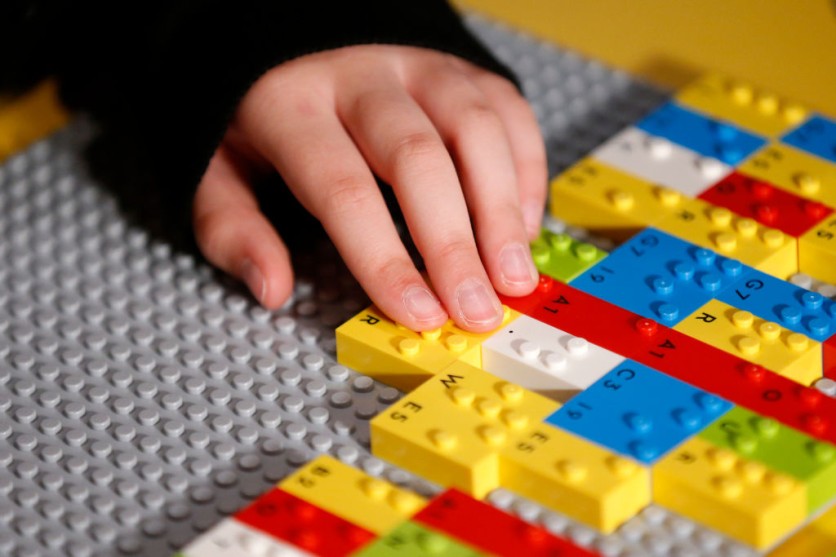The Lego Group has dedicated substantial resources to researching and developing Lego bricks constructed from recycled PET plastic. However, the team disappointedly announced that this ambitious initiative was unsuccessful.

Attempting to Make Lego Bricks Environmentally-Friendly
In pursuit of a more sustainable option, the Lego Group embarked on an extensive research and development journey to create Lego bricks using recycled PET plastic sourced from plastic bottles.
However, the Danish-based Lego team announced on Monday that this endeavor has, regrettably, ended in failure. After rigorously testing the new material for two years, Interesting Engineering reported that it was determined that the initiative did not yield the expected reduction in carbon emissions.
Nevertheless, Lego has affirmed its unwavering commitment to continue the search for sustainable materials that can effectively reduce carbon emissions.
A couple of years ago, the privately-owned organization, known for crafting its iconic bricks from petroleum-based plastics, initiated an exploration into the feasibility of shifting towards recycled PET plastic from plastic bottles.
This PET plastic is renowned for maintaining its quality through recycling processes without degradation.
Lego Bricks' Impact
Each year, billions of these compact LEGO bricks roll off production lines. Crafted from robust yet non-biodegradable acrylonitrile butadiene styrene (ABS), they significantly add to our oceans' plastic and microplastic buildup.
Shockingly, approximately one truckload of plastic waste finds its way into the ocean every minute. A 2020 study estimated that around 14 million tons of microplastics now rest on the ocean's depths.
Despite ongoing efforts to curb plastic consumption, this figure has likely climbed even higher. CEO of the LEGO Group, Niels Christiansen, emphasized the company's commitment to environmental responsibility.
He noted that children are relying on the company to take responsible actions. Environmental concerns rank high among their priorities, as evidenced by the hundreds of letters received annually, brimming with innovative ideas for positive change.
That places a significant responsibility on the company's shoulders to set bold goals and enact impactful, long-lasting strategies to protect the well-being of future generations.
Other Environmental Efforts
In a recent move aimed at mitigating the environmental footprint of its iconic building blocks, the toymaker committed last month to reaching a net-zero greenhouse gas emissions status by 2050.
The Associated Press reported that this pledge builds upon its existing short-term climate objective, which seeks to achieve a 37% reduction in greenhouse gas emissions by 2032 from a 2019 base.
Christiansen noted that their immediate priority involves meeting the company's 2032 carbon reduction targets, with significant progress being made across various initiatives.
He said this newly established long-term goal aims to ensure that present-day decisions contribute to reducing carbon footprint over the coming decades.
Furthermore, Christiansen noted that this objective will inspire future generations of LEGO stakeholders, including employees, partners, and suppliers, to actively participate in minimizing the environmental impact of the company's operations.
Related Article : LEGO Brawls Official Trailer Is Out: Here's What Players Can Expect From the Upcoming Title

ⓒ 2026 TECHTIMES.com All rights reserved. Do not reproduce without permission.




